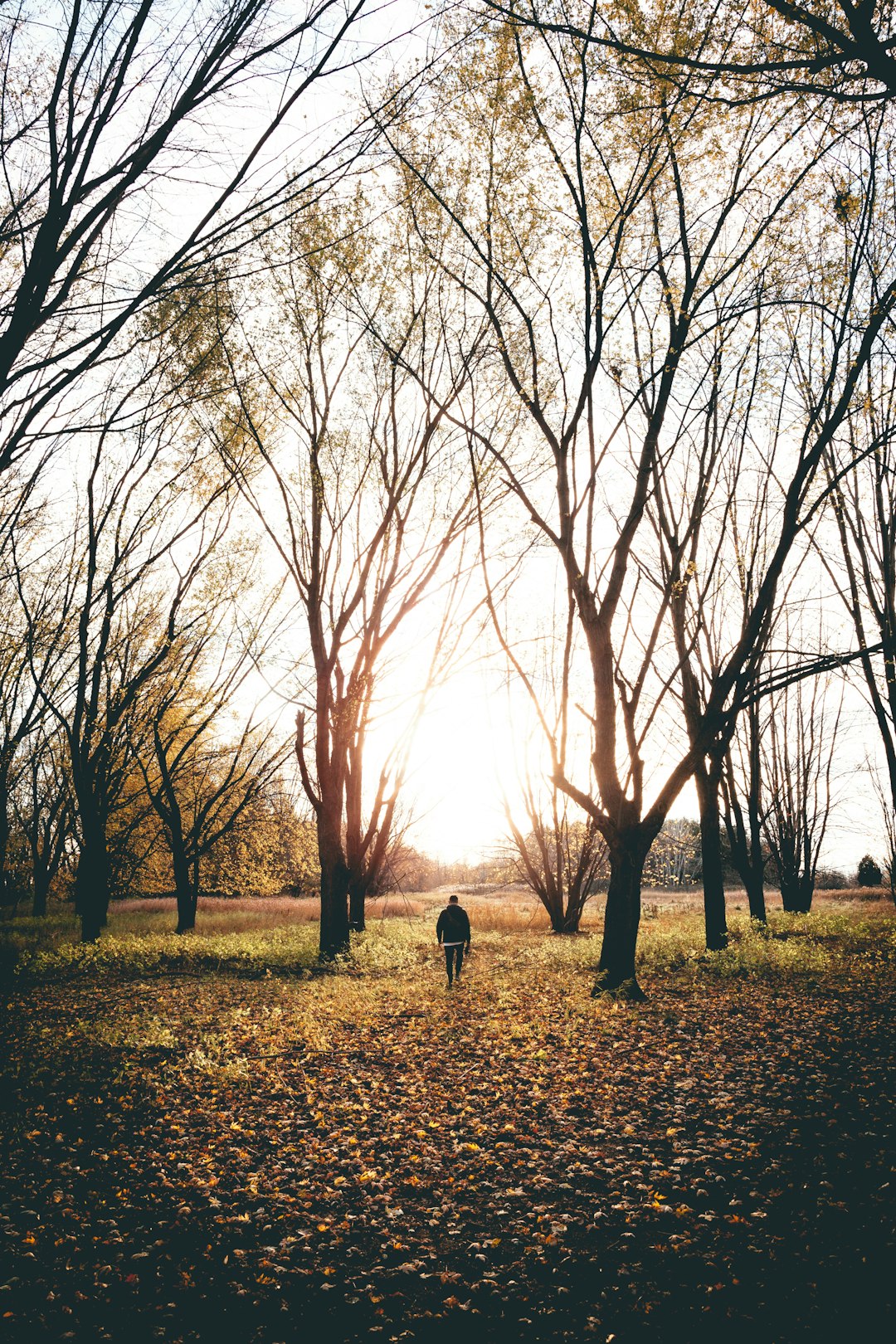Faith and Creativity: Tapping into Your Inner Artist through Spirituality
Art has always been a profound means of expression, allowing individuals to communicate ideas, emotions, and experiences with the world. Whether it’s painting, writing, singing, or dancing, creativity serves as a gateway for self-discovery and personal growth.
Many artists have found a deep connection between their creativity and spirituality. They believe that faith can play a crucial role in nurturing their artistic abilities and helping them tap into their inner artist. In this blog post, we will explore the relationship between faith and creativity, and how you can harness spirituality to cultivate your artistic talents.
1. Embracing the Unknown
Both faith and artistic expression often require us to step into the unknown. As artists, we must venture into unexplored territories, pushing the boundaries of our comfort zones to create something new. Similarly, faith invites us to trust in a higher power, to let go of certainty, and embrace the mystery of life.
By embracing the unknown, we open ourselves to the possibilities of creativity. Spirituality teaches us to have faith in our artistic instincts and to trust that our creativity will lead us to something meaningful and beautiful. It encourages us to let go of our fears and self-doubt, allowing our creative energies to flow freely.
2. Finding Inspiration in the Divine
Many artists find inspiration in the divine, whether it be through nature, religious symbols, or spiritual experiences. Faith provides a framework for understanding the world and can inspire artists to explore profound spiritual themes in their work.
For instance, the famous painter Vincent Van Gogh was deeply influenced by his faith. His art often depicted religious imagery and conveyed a sense of spirituality, as he saw the divine in the beauty of nature. Van Gogh believed that through art, he could connect with a higher power and express his innermost thoughts and emotions.
By tapping into their spirituality, artists can access a wellspring of inspiration. Whether it’s through meditation, prayer, or connecting with nature, exploring your faith can help you discover new perspectives and themes to incorporate into your creative endeavors.
3. Cultivating Inner Peace and Clarity
Creating art requires a calm and focused mind. However, the chaos of daily life can often hinder our ability to tap into our creative potential. Spirituality offers tools and practices that can help us cultivate inner peace and clarity, making it easier to express ourselves artistically.
Practices like meditation and mindfulness can calm the noise within, quiet our restless thoughts, and allow us to tap into our creative flow. By cultivating a daily spiritual practice, artists can develop a sense of centeredness and clarity, enabling them to access their inner artist more consistently.
4. Connecting with a Higher Purpose
Art has the power to transcend the individual and connect with something greater than ourselves. Through their creations, artists can touch the hearts and minds of others, evoking emotions, inspiring change, and spreading messages of love, hope, and healing.
Spirituality provides a deeper understanding of our interconnectedness and the notion of a higher purpose. By aligning our artistic endeavors with a greater mission, we can create art that not only serves our personal expression but also uplifts and inspires others.
Whether it’s advocating for social justice, raising awareness about environmental issues, or celebrating the beauty of life, artists can use their creative gifts to make a positive impact on the world.
In conclusion, faith and creativity are intertwined, with spirituality providing the foundation for unlocking our inner artist. By embracing the unknown, finding inspiration in the divine, cultivating inner peace, and connecting with a higher purpose, artists can tap into their full creative potential. So, let your faith guide you on your artistic journey; it may lead you to new realms of self-expression and fulfillment.

